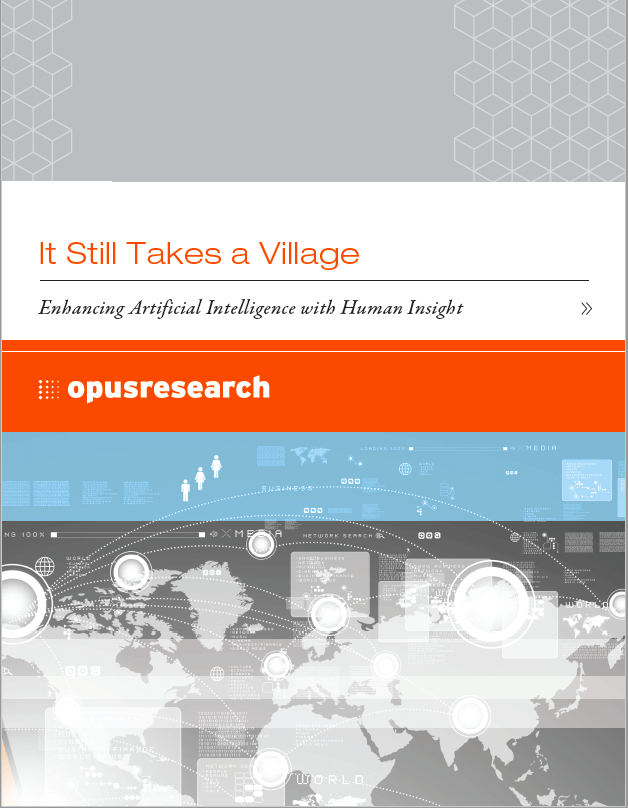

Many forward-thinking companies are turning to virtual agents to contain costs and offer around the clock support in their contact center. This push to automation has inadvertently pitted human agents against machines in a battle for survival – but the truth is, great CX will always require a mix of chatbots and humans. With the right balance, chatbots can take tedious tasks off an agent’s plate, freeing them up to focus on more complex customer inquiries, or support agents with accurate responses in real time.
If you’re ready to increase automation in your contact center, explore the following four human-AI blending scenarios to see how you can ensure both agent and customer satisfaction are elevated.
In this scenario, chatbots remain the first point of contact for the customer. However, if the AI gets stuck or confused, a human supervisor helps the bot get back on course. For example, the customer’s utterance may be vague and map to a number of possible intents. Or the bot may misunderstand the intent and become more confused as the customer attempts to clarify the request. In these situations, a human agent can review the transcript, disambiguate the intent, and set the conversation on the right track. The bot then continues without the customer knowing that a human was in the loop.
This form of blending deals with a frequent roadblock in many enterprises: the difficulty in accessing backend systems. When this occurs, conversational AI outstrips the capabilities of the company’s APIs – that is, the bot understands the intent but cannot access the enterprise system needed to automate that intent. In this situation, the bot can ask a human agent to fetch the information and execute the transaction, which the agent can do by logging onto the various enterprise applications and cutting and pasting data between them. This technique can be a stop-gap measure while the company deploys RPA (robotic process automation) or APIs. The benefit is that customers learn to trust automation without being exposed to the work behind the scenes to overcome backend limitations.

LEARN MORE about enhancing your
AI investment with human insight.
Download our white paper.
Some brands may prefer a high-touch support model that focuses on human agents rather than bots as the primary interface for consumers. Under this approach, the human agent can benefit by delegating certain routine tasks to the bot, such as collecting structured input (account registration, address change, credit card details) or presenting uniform content (product details, terms and conditions, regulatory disclosures). A benefit is that sensitive information (such as social security or credit card numbers) can be transmitted directly to backend systems without passing through the agent. Another benefit is to ensure compliance by presenting information that is curated, consistent and auditable. In all these cases, the agent invokes a bot that drives the conversation for the specified task. The agent remains in control, however, and can take over the interaction at any point.
When a customer interacts directly with a human agent, AI can be used to enhance the effectiveness and productivity of the agent. A bot listens to the conversation (which could be in text or voice) and feeds the transcript to a machine learning model that outputs a suggested response to the agent in real-time. The suggestion can come from a knowledge base, or can be generated from a deep neural network trained from other agent responses in similar situations. To remove noise and avoid misguided training, the training set should be filtered to select conversations from the best agents, as measured by resolution rates and customer satisfaction ratings. The neural network technology is similar to that used in some experimental open-domain chatbots that can converse with users on any topic for fun and entertainment. In customer service, neural conversational models are not ready for direct customer interactions due to the risks of uncertified answers and lack of explainability or transparency. However, the technology can be extremely effective as an agent-facing tool, providing best-practice responses that the human agent can accept as-is or edit slightly, thereby saving agent time while improving quality.
Want to learn more about striking the right balance of AI and human insight in your customer journeys?
Watch our on-demand webinar “Enhancing Artificial Intelligence with Human Insight,” below.